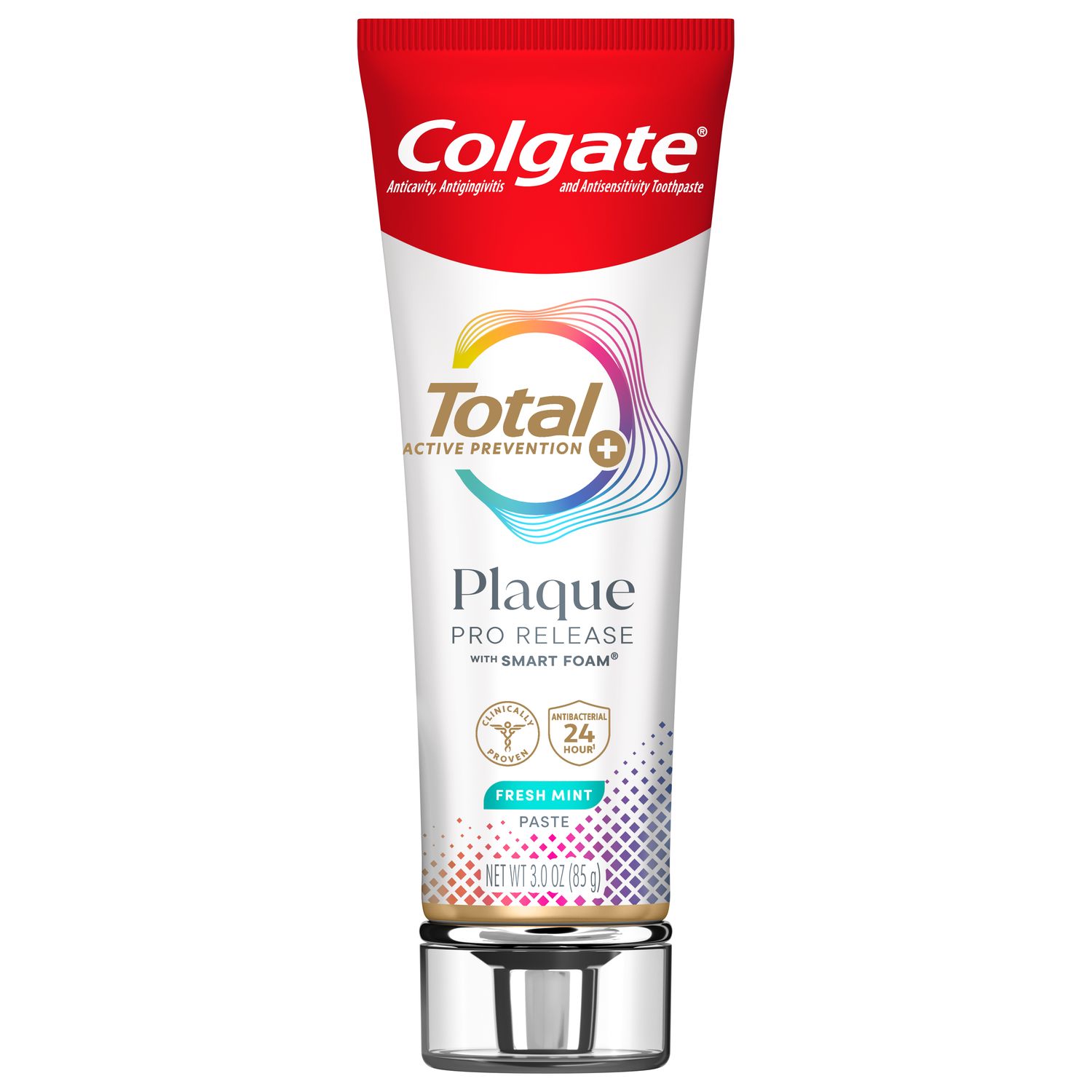
As dental hygienists, a major part of our role is to provide advice to patients on improving their oral health and hygiene. However, what they do with that advice after they leave your office depends on them and, unfortunately, some will not heed it. In this article, we discuss how the technique of motivational interviewing can help to inspire behavior change and how you can put it into action in your hygiene practice.
What is motivational interviewing?
Motivational interviewing is a behavioral change technique that recognizes the patient’s unique circumstances and their need for autonomy in their healthcare decisions. This is in contrast to traditional techniques that relied on prescriptive instruction, failing to take into account whether the patient was actually willing, motivated or able to make the required changes.
According to one theory on decision-making, the advantages of a healthy behavior change are always being weighed against the disadvantages of actually enacting that change. In the case of smoking, for example, the patient accepts that quitting would have significant oral health (and many other) benefits. However, they are weighing this against the loss of a pleasurable activity, the likelihood of uncomfortable withdrawal symptoms, and the effort required to resist temptation. If their ambivalence is not recognized, the theory proposes, they may perceive oral hygiene advice as an assault on their autonomy, countering with resistance and non-compliance.
The motivational interviewing approach is collaborative, rather than prescriptive, and is based on several key values. Here we can see these applied for a dental hygienist and a patient:
1. Partner with patients. While as a dental hygienist you are the expert on oral health, you recognize that your patient is the expert on their own wants, needs and abilities. The patient is engaged as an active and equal partner in the collaborative effort, rather than a passive recipient.
2. Be accepting of the patient’s perspective. Respect the patient’s viewpoint and honor their autonomy in decision-making. This means accepting that the best course of action from an oral health perspective may not be the best course of action from the patient’s personal perspective.
3. Show compassion. Empathize with the patient’s circumstances, experiences and challenges and demonstrates compassion.
4. Evocation (eliciting a response). Explore the patient’s own values and beliefs in order to uncover motivations for change. As dental hygienists, we can help the patient understand how behavior change aligns with their personal goals.
When done correctly, evidence indicates that motivational interviewing can be an effective way of eliciting change. In a 2019 review in Dentistry Journal, it states that patient-centered approaches like motivational interviewing can produce better outcomes than traditional methods of behavior change. Among the many applications discussed, the authors highlighted the findings of three systematic reviews relevant to oral health outcomes. Motivational interviewing:
Positively influenced parents to obtain fluoride varnish applications for their children.
Was more effective than traditional methods of educating patients about periodontal health in five out of seven studies. Reductions in gingivitis lasted longer for the group receiving this intervention, while plaque reductions were similar for both groups.
As an adjunct was found to lead to greater reductions in plaque and periodontal inflammation in two of four studies as in patients receiving periodontal therapy.
Motivational interviewing in action
Motivational interviewing involves four stages, as discussed in RDH Magazine. To illustrate, we’ll use the scenario of a patient presenting with bleeding, swollen and inflamed gums.
1. Engaging. This first step is all about building trust and setting the stage for the discussion. Ask the patient about their oral health and their general health, including their goals and any concerns or difficulties they may have. Give them time and resist the urge to rush.
2. Focusing. In the second step, identify the needed behavior change and focus the patient’s attention. Frame the discussion as an optional two-way dialogue, first drawing their attention to an observation you have made. For example, you might say: “I noticed some swelling and bleeding when I examined your gums. Shall we talk some more about what that might mean?”
3. Evoking. Find out what the patient knows and believes about their current oral health status. Do they believe that bleeding gums are normal or does it cause them concern? Do they know the relationship between plaque and gingivitis? Fill in any knowledge gaps and let the patient themselves conclude that something needs to change. It may be helpful to connect this to any values or goals you’ve identified. For example, you might say: “You mentioned that you were worried about your high blood sugar. There’s actually a connection between periodontal disease and diabetes, and we know that improving your periodontal health reduces the risk.”
4. Planning. Ask the patient if you can share some advice for improving their gum health at home, and ask them if that’s something they feel able to do. If they identify any barriers, ask what you can do to help. Together, agree on an action plan with next steps on how to tackle this.
As you walk your patient through these four stages, here are some key skills that can be applied throughout to improve their chances of success. To illustrate, we’ll use the scenario of a smoker presenting with teeth staining.
Ask open-ended questions. These are questions that cannot be answered with a simple “yes” or “no”. They invite dialogue and encourage the patient to provide more detailed information that you can use to identify their values, goals, challenges and more. For example: “You said you were unhappy with how your teeth look. Can you tell me more about that? What does a good smile look like for you?”
Practice active listening. This involves reflecting back the key information your patient is giving. Don’t just repeat their words; confirm what they’re implying or how it makes them feel. For example, if the patient tells you they avoid smiling for photos, you might reply: “So your smile makes you feel self-conscious.” It sounds obvious, but you’re communicating to the patient that you are not just hearing them but truly understanding why something matters to them.
Provide affirmation. This validates a patient’s feelings or thoughts and creates a sense that the two of you are working towards the same goal. It might include giving praise for their desire to make changes and acknowledging their obstacles. For example: "Quitting smoking isn’t easy and it’s great that you’ve kept on trying. I know it’s hard to keep up your willpower when you’re under stress and it must be a little daunting to think about with everything else you’re dealing with.”
Summarize. This involves highlighting significant details provided by the patient and reflecting them back to your patient in a concise summary at the end. For example, you might say: “So just to recap, you do worry about how smoking affects your oral health and it makes you feel really self-conscious about your smile. You think about quitting a lot but you’re under a lot of stress right now and you don’t feel able to do it yet. I completely understand, so why don’t we talk about some other ways we can improve your oral hygiene for now?”
In both of these scenarios, you’re respecting the four core values of motivational interviewing. Rather than judging or disapproving of your patient’s behaviors, you’re communicating that you’re there to provide them with education, guidance and support. This is the foundation of a successful therapeutic alliance and will empower your patients to make healthier decisions by choice.
Join us
Get resources, products and helpful information to give your patients a healthier future.
Join us
Get resources, products and helpful information to give your patients a healthier future.













